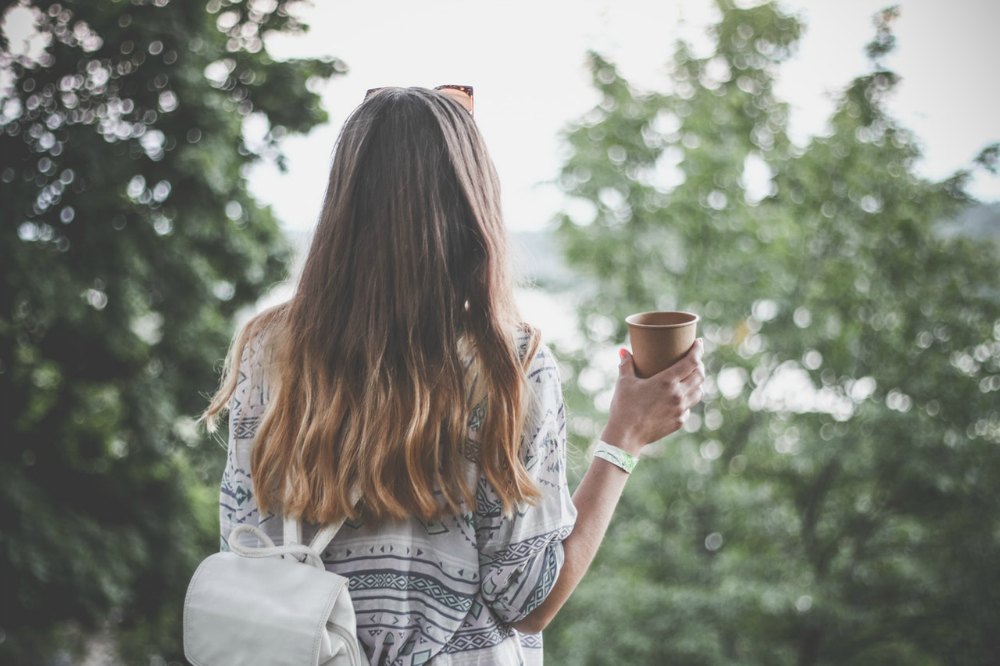Practicing mindfulness helps your brain rewire itself so that your mind functions at a much calmer level. Practicing mindfulness helps take your brain from chaos to calm in a fairly short period of time.
Neuroscience now knows that the brain is an unbelievably plastic organ that does not remain static over a lifetime. I know this is true because about 12 years ago I gave myself a traumatic brain injury following a massive drug overdose which I took during a suicide attempt. The doctors told me that however much recovery I had achieved after two years would likely be all I would gain but even now, some 12 years later, I still see improvement on a weekly basis. I attribute much of this to my daily practice of mindfulness.
Our brains were born to adapt. Scientists know that people are able to train their brains to change and that these changes can be measured. They also know that when you teach your brain to think in different ways that it causes the brain to change as well for the better.
You may wonder how these things are possible. Mindfulness plays an important role in this type of thing. But practicing mindfulness is not the same as taking a pill. It doesn’t have an immediate effect on one’s bloodstream.The changes one sees when practicing mindfulness are more subtle and a bit more gradual but they are there nevertheless.
Practicing mindfulness intentionally changes the brain’s plasticity by teaching the brain to focus on positive thoughts. By focusing on qualities such as happiness and the present moment, we learn new distress tolerance skills.
Scientists now know that practicing mindfulness for as little as thirty minutes per day has a profound effect on the brain. These changes can be seen during an MRI scan.
Scientists also now know that practicing mindfulness increase the grey matter in the brain. This occurs in the region known as the anterior cingulate cortex which is found just behind the frontal cortex of the human brain. This region is responsible for helping the person monitor the way they handle conflicts and governs the brain’s cognitive flexibility.
The second area which undergoes changes is the all important prefrontal cortex. This region of the brain is where executive functions are carried out. Executive functions are things such as planning, emotion regulation and problem solving.
The hippocampus is also radically affected by the practice of mindfulness. This part of what is known as the limbic system deals with the brain’s ability to learn and generate memories. The hippocampus is highly vulnerable to stress and is the area which is usually affected the most when a person suffers from post traumatic stress disorder or depression.
And last but not least is the amygdala a little known region which regulates the body’s fight or flight reflex. This is the place where our anxiety and fears are generated and live. The practice of daily mindfulness decreases activity in the amygdala and helps it to help the brain regulate itself better.
Any time spent practising mindfulness will start to make an important and positive difference to the structure and function of your brain. The important part is to be consistent. Start with ten minutes a day and work up from there. The benefits of mindfulness are profound, as science is only just beginning to discover.
About the Author: Dee Chan
 Dee Chan was diagnosed with BPD more than 35 years ago back when the diagnosis was still fairly new and not very well understood. She has been living with it and coping with it ever since and finding ways to thrive despite it. She has been able to put it into complete remission and turned her life around completely through the practices of gratitude, forgiveness and accountability. Find out more about Dee’s work on her website bpdnomore.com.
Dee Chan was diagnosed with BPD more than 35 years ago back when the diagnosis was still fairly new and not very well understood. She has been living with it and coping with it ever since and finding ways to thrive despite it. She has been able to put it into complete remission and turned her life around completely through the practices of gratitude, forgiveness and accountability. Find out more about Dee’s work on her website bpdnomore.com.


![It’s the simple things that are everything. We know play, conversation, micro-connections, predictability, and having a responsive reliable relationship with at least one loving adult, can make the most profound difference in buffering and absorbing the sharp edges of the world. Not all children will get this at home. Many are receiving it from childcare or school. It all matters - so much.
But simple isn’t always easy.
Even for children from safe, loving, homes with engaged, loving parent/s there is so much now that can swallow our kids whole if we let it - the unsafe corners of the internet; screen time that intrudes on play, connection, stillness, sleep, and joy; social media that force feeds unsafe ideas of ‘normal’, and algorithms that hijack the way they see the world.
They don’t need us to be perfect. They just need us to be enough. Enough to balance what they’re getting fed when they aren’t with us. Enough talking to them, playing with them, laughing with them, noticing them, enjoying them, loving and leading them. Not all the time. Just enough of the time.
But first, we might have to actively protect the time when screens, social media, and the internet are out of their reach. Sometimes we’ll need to do this even when they fight hard against it.
We don’t need them to agree with us. We just need to hear their anger or upset when we change what they’ve become used to. ‘I know you don’t want this and I know you’re angry at me for reducing your screen time. And it’s happening. You can be annoyed, and we’re still [putting phones and iPads in the basket from 5pm] (or whatever your new rules are).’♥️](https://www.heysigmund.com/wp-content/plugins/instagram-feed-pro/img/placeholder.png)
Living in the moment literally means living a different mindlevel lifting yourself out of the continuous chatter of the everyday mind most people live in. You see and hear things living in the moment most people don’t hear or see because the ego keeps them so busy, that it doesn’t allow them to get out of the chatter of the ego mind that goes on day and night, about things that will never happen anyway. Most people are so busy making plans about things that will never happen, wasting brainpower they would need to decide whatever to do having all the facts at hand in the moment. I’m terribly bored living in the moment, being not interested in TV or books about phantasies of the human mind, or the past that is gone and cannot be changed or the future that always comes different then expected.
I have a grandson who has been diagnosed with anxiety disorder. He is 10 years old and the light of my life. How can I help him learn mindfulness? He stays with me often and I can work with him when he is with me. When he has an attack, he freezes. doesn’t speak or move. He is aware because he will look at you if you talk to him. He has also been diagnosed with ADHD and defiance disorder, which make it harder to work with him. He is very intelligent. The Dr. has put him on Concerta ( a high dose) any advice would be greatly appreciated.
Hi Roberta – you sound like a wonderful support for your grandson. Here are a couple of articles that might help. This one is about different ways for kids to try mindfulness https://www.heysigmund.com/mindfulness-for-children-fun-effective-ways-to-strengthen-mind-body-spirit/. This one is an important one for understanding anxiety https://www.heysigmund.com/anxiety-in-kids/. I hope they help.